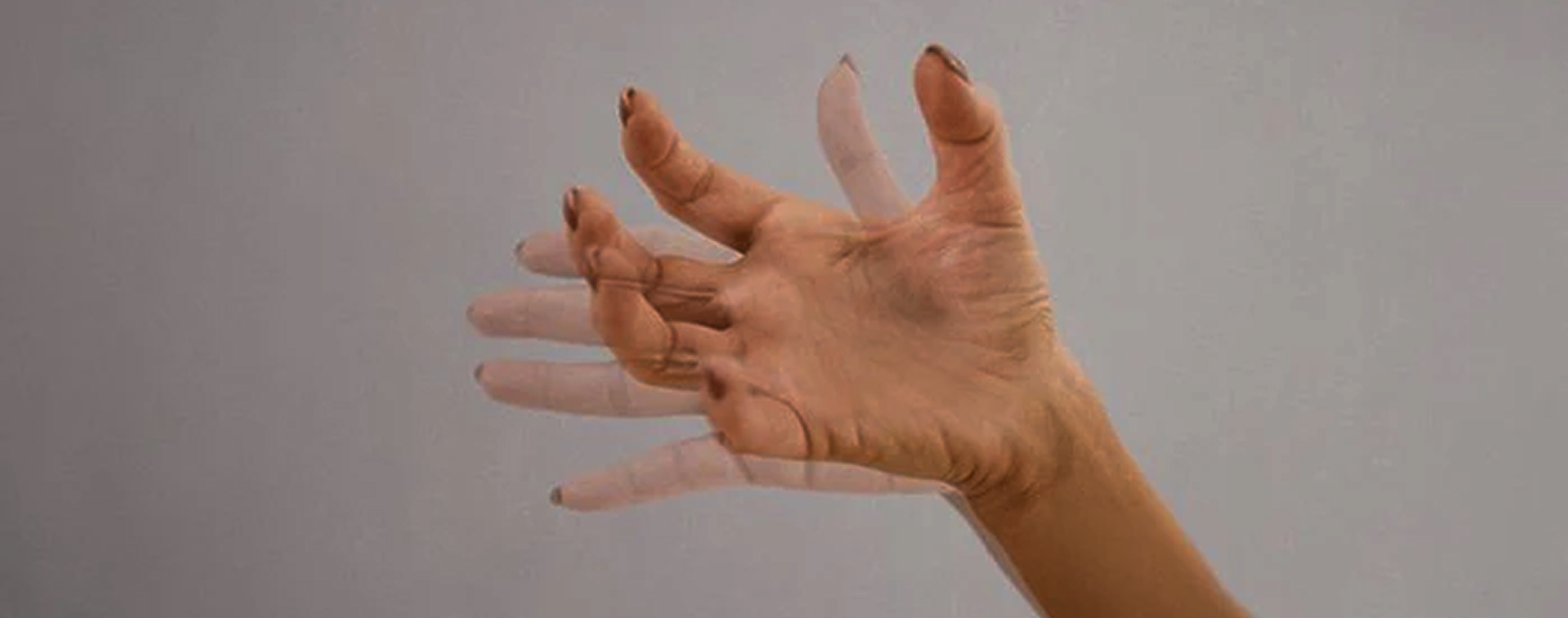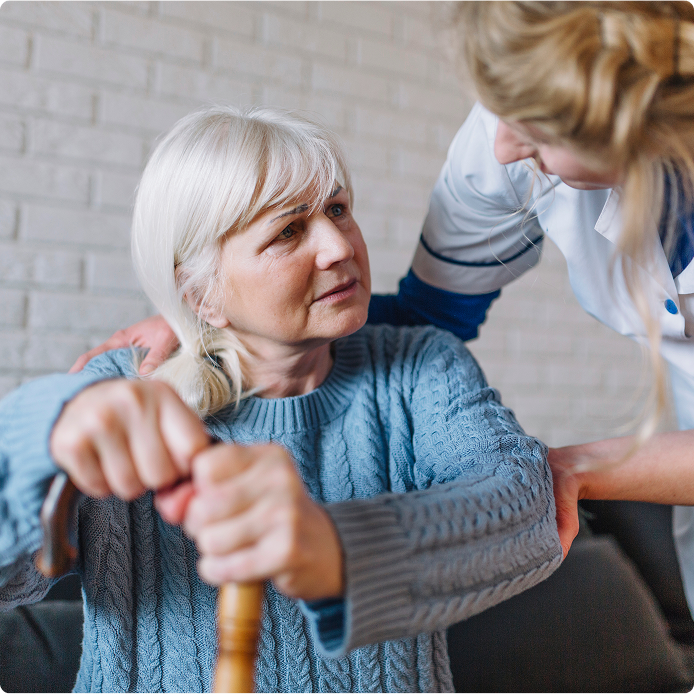
What is Essential Tremor?
Essential Tremor is a neurological disorder that causes involuntary, rhythmic shaking. While Essential Tremor most often affects the hands, it can also impact the head, voice, arms, and legs. The severity of Essential Tremor can vary significantly, ranging from mild to severe, and can interfere with daily activities like writing, eating, and drinking.
Unlike non-essential tremors, often caused by other medical conditions or external factors, Essential Tremor occurs during voluntary movements, not while at rest. This key difference helps distinguish Essential Tremor from other types of tremors.
Essential Tremor causes are not entirely clear, but it is widely believed that a genetic component plays a significant role. Essential Tremor often runs in families, suggesting a hereditary link. Researchers continue to explore the causes of Essential Tremor, but factors such as age and environmental influences may also play a role.
Fortunately, various treatments for Essential Tremor are available, offering relief to many affected by the condition. Essential Tremor treatment options include medications such as beta-blockers and anti-seizure drugs, physical therapy, and assistive devices like the Steadi-3, designed to help reduce hand tremors. With the right treatment for Essential Tremor, individuals can manage symptoms more effectively and improve their overall quality of life.
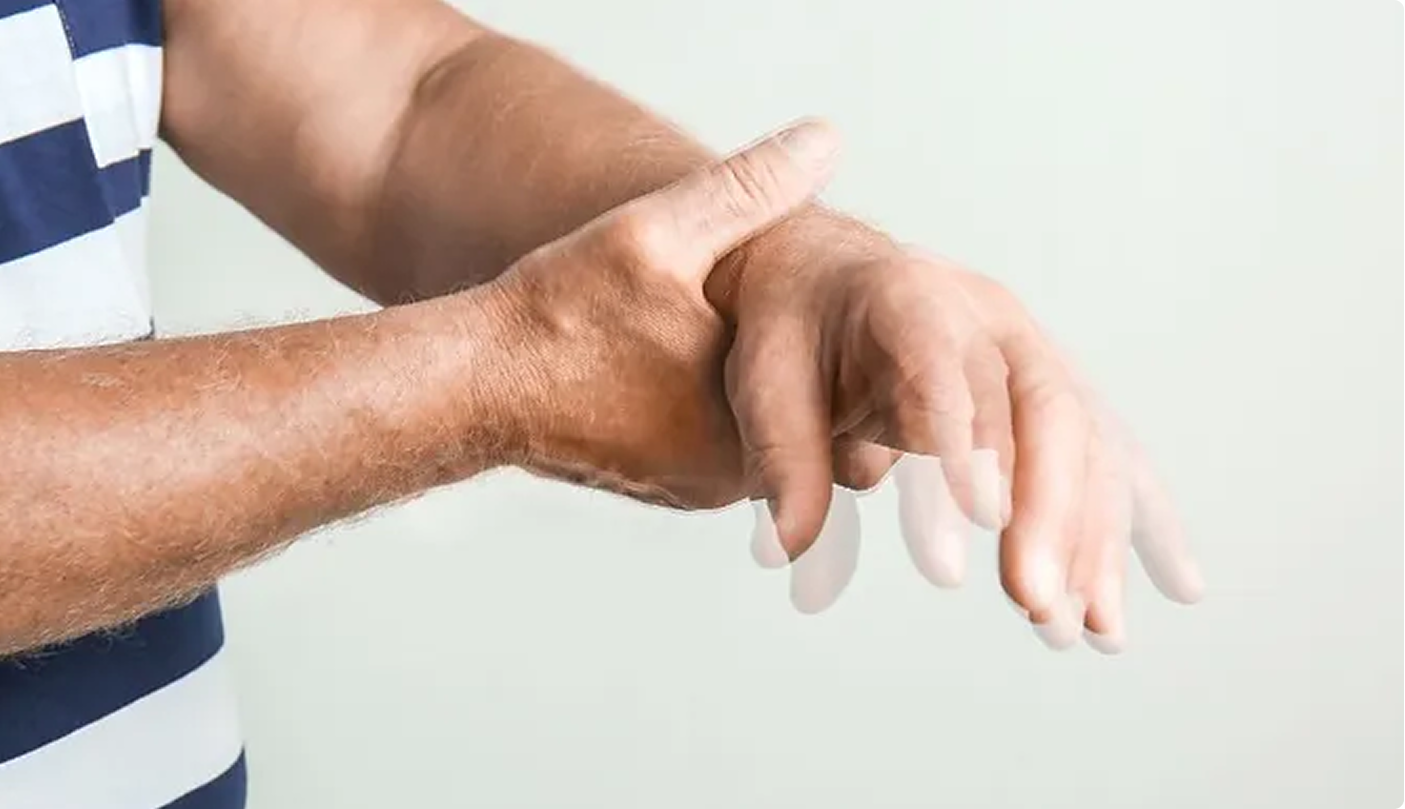
Tremors : Definition, Causes, and Types
Tremors are involuntary, rhythmic muscle contractions that cause shaking movements in one or more parts of the body. They can occur in various body areas, including the hands, head, voice, arms, and legs. The underlying causes of tremors can vary significantly, with some being temporary or related to specific conditions, while others, like Essential Tremor, may be chronic.
What causes tremors can range from neurological disorders to medications, stress, or fatigue. One of the most well-known types is Essential Tremor, a neurological condition where tremors occur during voluntary movements, not at rest. This distinguishes Essential Tremor from other forms of non-essential tremors, which might be caused by different factors such as drug side effects or other medical conditions.
Types of Tremors
Resting Tremor
- Occurs when muscles are relaxed and at rest, without any voluntary movement.
- Most often affects the hands and fingers.
- Often linked to conditions like Parkinson's Disease.
- Different from Essential Tremor, which occurs during voluntary movements.
Action Tremor
- Occurs during voluntary muscle contractions, such as when performing tasks like writing or lifting objects.
- The hands are typically affected during activities that require fine motor skills.
- Subtypes include postural tremor, kinetic tremor, and intention tremor.
- Essential Tremor is a type of action tremor that becomes noticeable when a person is actively trying to perform a task.
Intention Tremor
- A specific type of action tremor that becomes more pronounced as an individual approaches the target of their movement.
- Often associated with Essential Tremor.
- Can affect activities such as reaching for an object or writing.
Daily Activity with Essential Tremor
The second image describes "Steadiwear," a company that is committed to enhancing the lives of individuals with Essential Tremor. They have developed an innovative "Steadi-3 glove" designed to stabilize hand movements, allowing people to perform daily tasks with greater ease and confidence. The company's goal is to help individuals regain control and maintain their independence, regardless of the cause or severity of their tremor.

Understanding Tremors and Treatments
Understanding essential tremor and its different types is key to finding effective treatment options. Treatments range from medications to assistive solutions like the Steadi-3 anti-tremor device, designed to provide better tremor control. For non-essential tremors, treatments depend on the underlying causes, such as medication side effects or other neurological disorders.
With the right treatment approach—whether through physical therapy, medication, or advanced anti tremor devices—individuals can better manage symptoms and improve their quality of life.
For more information, visit the International Essential Tremor Foundation at www.essentialtremor.org.
How Steadi-3 Helps Essential Tremor Patients

Tremor Reduction

Ultra-Lightweight Design

Non-Invasive

Battery-Free
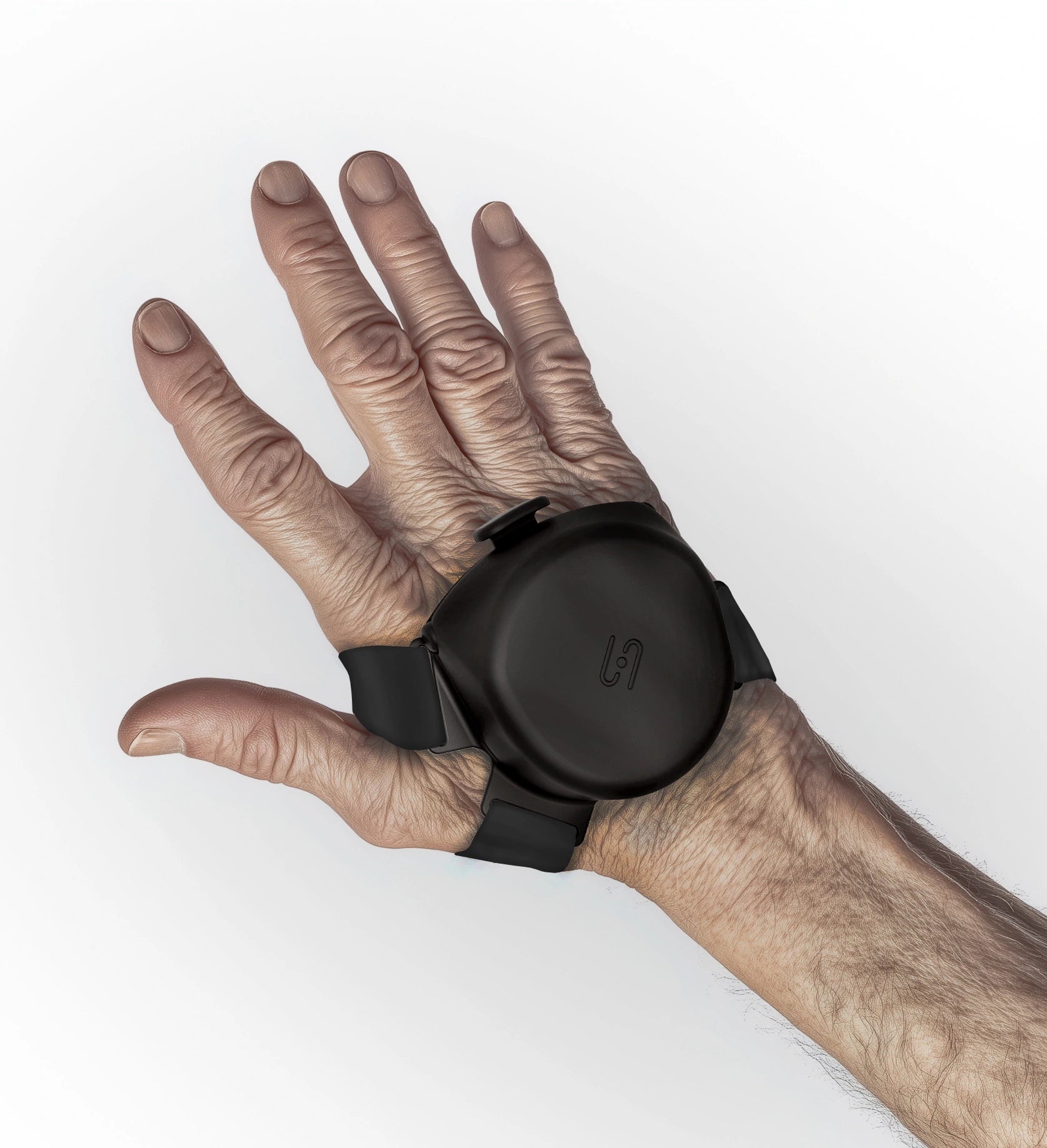
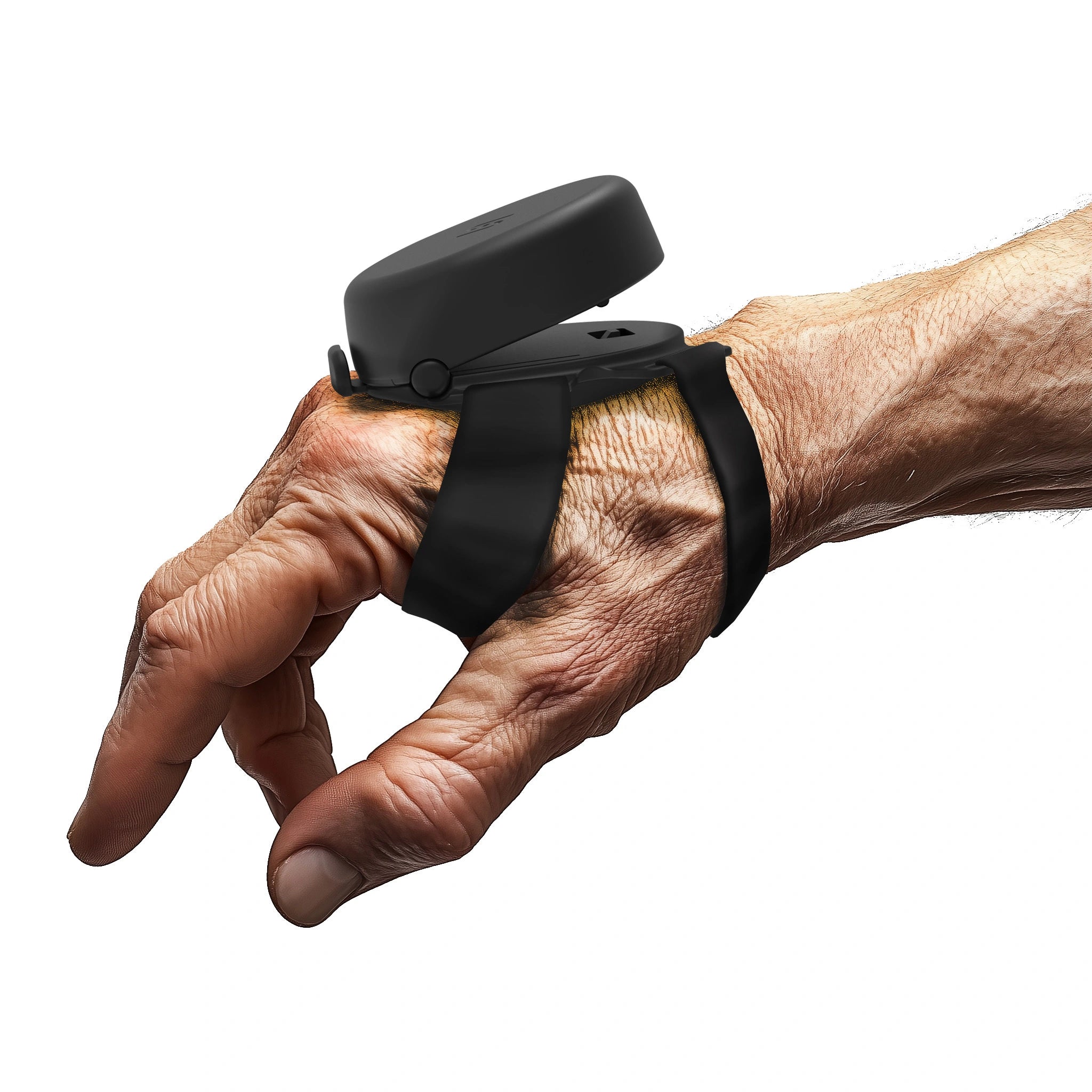



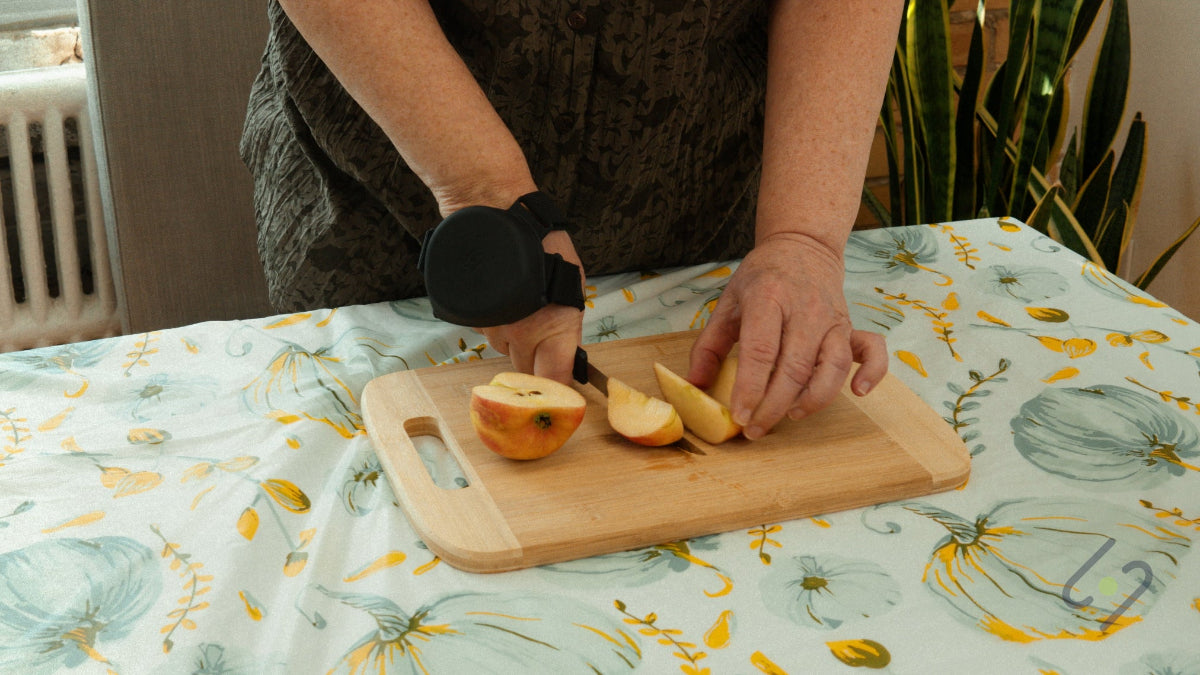

Steadiwear Inc
Steadi-3 – Your assistive device for hand tremor management
The Steadi-3 delivery is set for August 30th 2025. You will receive monthly updates on the progress.
The Steadi-3 assistive device for hand tremors offers practical support for individuals with Essential Tremors or Parkinson’s Disease. This Parkinson's device that stops tremors is designed to fit comfortably, and it provides reliable, real-time tremor control tailored to the user’s needs, allowing for greater ease and independence
- Universal sizing: Our hand tremor device is adjustable to meet your hand size. It is available for either hand and ensures an effective experience.
- Compact, Comfortable Fit: With its silicone and Neoprene foam straps, the Steadi-3 hand stabilizer glove is designed to fit securely without compromising comfort, allowing you to wear it throughout the day with ease.
- Automatic Adjustment: The Steadi-3 adapts to your tremor intensity automatically, providing consistent stabilization as your tremor level changes in real time.
- FDA-Registered for Safety: As an FDA-registered Class I medical device, the Steadi-3 assistive device for hand tremors is a trusted, safe choice for reducing hand tremors.
- Slide your hand into the glove, ensuring it fits snugly around your palm.
- Tighten the fit by adjusting the velcro until it feels securely in place but still comfortable.
- Once the hand tremor device is on, it will immediately calibrate itself to your tremor frequency and start stabilizing your hands.
The Steadi-3 hand stabilizer glove offers a simple, battery-free solution designed to provide immediate relief from hand tremors, helping you regain control over daily tasks with ease
Warranty: We back our product with a one-year warranty.
Risk-Free Trial: With our 30-day hassle-free return policy, you can
test the Steadi-3 glove with confidence.
Regain Control: Combat hand tremors effectively with the trusted
Steadi-3 glove from Steadiwear.
Please be aware that all returns are subject to a restocking fee of $83 USD or $117 CAD per unit to cover
shipping, returns, customs and fulfillment. This fee will be deducted from your refund in the case of a
return request.
Frequently Asked Questions
Essential Tremor is a progressive neurological condition that causes involuntary, rhythmic shaking, typically during voluntary movements. Unlike tremors caused by conditions like Parkinson’s Disease, the tremors caused by this condition occur when a person is actively doing something—such as eating, writing, or reaching for objects. It most commonly affects the hands but can also involve the head, voice, arms, or legs.
The severity varies between individuals and often worsens over time. Though it’s not life-threatening, Essential Tremor can significantly interfere with daily tasks and quality of life. The condition is often mistaken for other disorders, but its distinguishing feature is the tremor’s presence during action rather than rest.
While there is no cure, various therapies and assistive devices, such as the Steadi-3 glove, help individuals manage the condition and maintain independence.
Essential Tremor symptoms typically begin with subtle shaking in the hands, especially when performing tasks that require fine motor control like writing, holding utensils, or drinking from a glass. Over time, the tremors may progress to other parts of the body, such as the head, voice, arms, or legs.
The condition is characterized by tremors that occur during voluntary movements, not at rest, which helps distinguish it from Parkinsonian tremors. In some cases, voice tremors may cause a quivering or shaky speech pattern, and head tremors may appear as a “yes-yes” or “no-no” nodding motion. Symptoms can worsen with stress, fatigue, caffeine, or anxiety, making daily tasks increasingly difficult.
Although not life-threatening, these symptoms often impact confidence and independence, prompting individuals to seek treatment or support tools for everyday functioning.
Diagnosing Essential Tremor begins with a comprehensive medical evaluation, including a detailed look at the patient’s health history, symptoms, and any family history of tremor disorders. Since this condition can resemble other movement disorders, like Parkinson’s Disease or dystonia, it’s important for physicians to observe the tremor pattern.
Tremors linked to the disorder occur during movement, unlike resting tremors. During the diagnosis process, a neurologist may conduct physical and neurological exams to assess motor control, coordination, and the intensity of the tremor. Blood tests or MRI scans might also be used to rule out other causes, such as thyroid dysfunction or structural brain abnormalities.
Once Essential Tremor is confirmed, the healthcare provider can discuss appropriate treatment options, which may include medications, physical therapy, or assistive devices to improve daily living.
The underlying causes of Essential Tremor are still not fully understood, but researchers believe that genetics plays a significant role. Approximately half of those affected have a family member with the same condition, suggesting a hereditary component. This inherited form is often referred to as familial Essential Tremor.
In addition to genetic factors, aging is also associated with the onset or worsening of tremors, making older adults more likely to develop the condition. Some studies suggest that abnormalities in certain brain regions, such as the cerebellum, may contribute to the disorder.
While Essential Tremor is not caused by external factors like medications or substance use, these can sometimes worsen existing symptoms. Environmental influences are still being explored, but the majority of cases have no clear single trigger, complicating prevention efforts.


